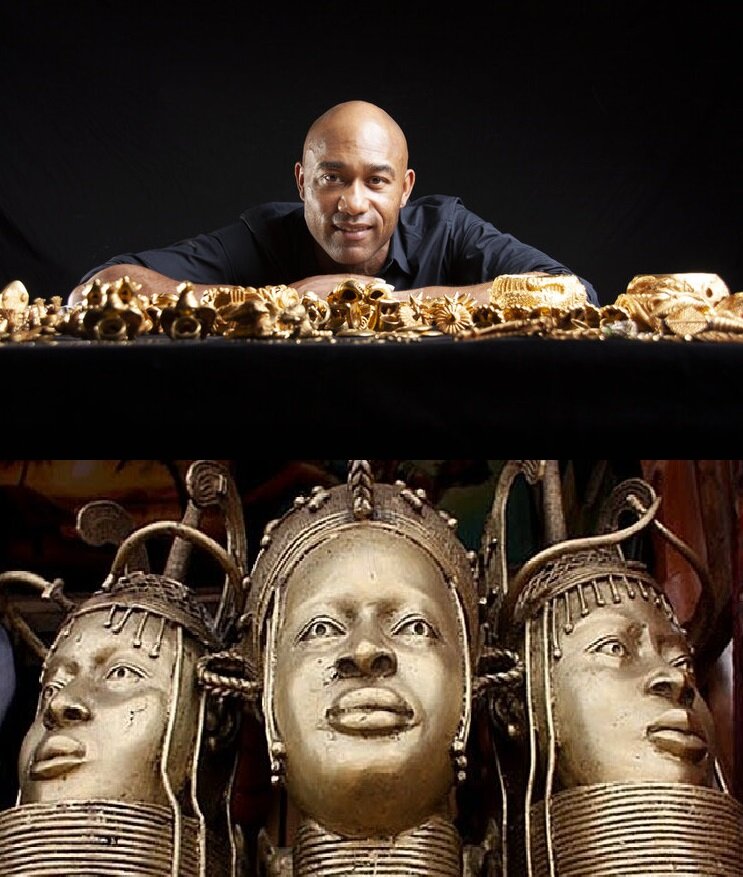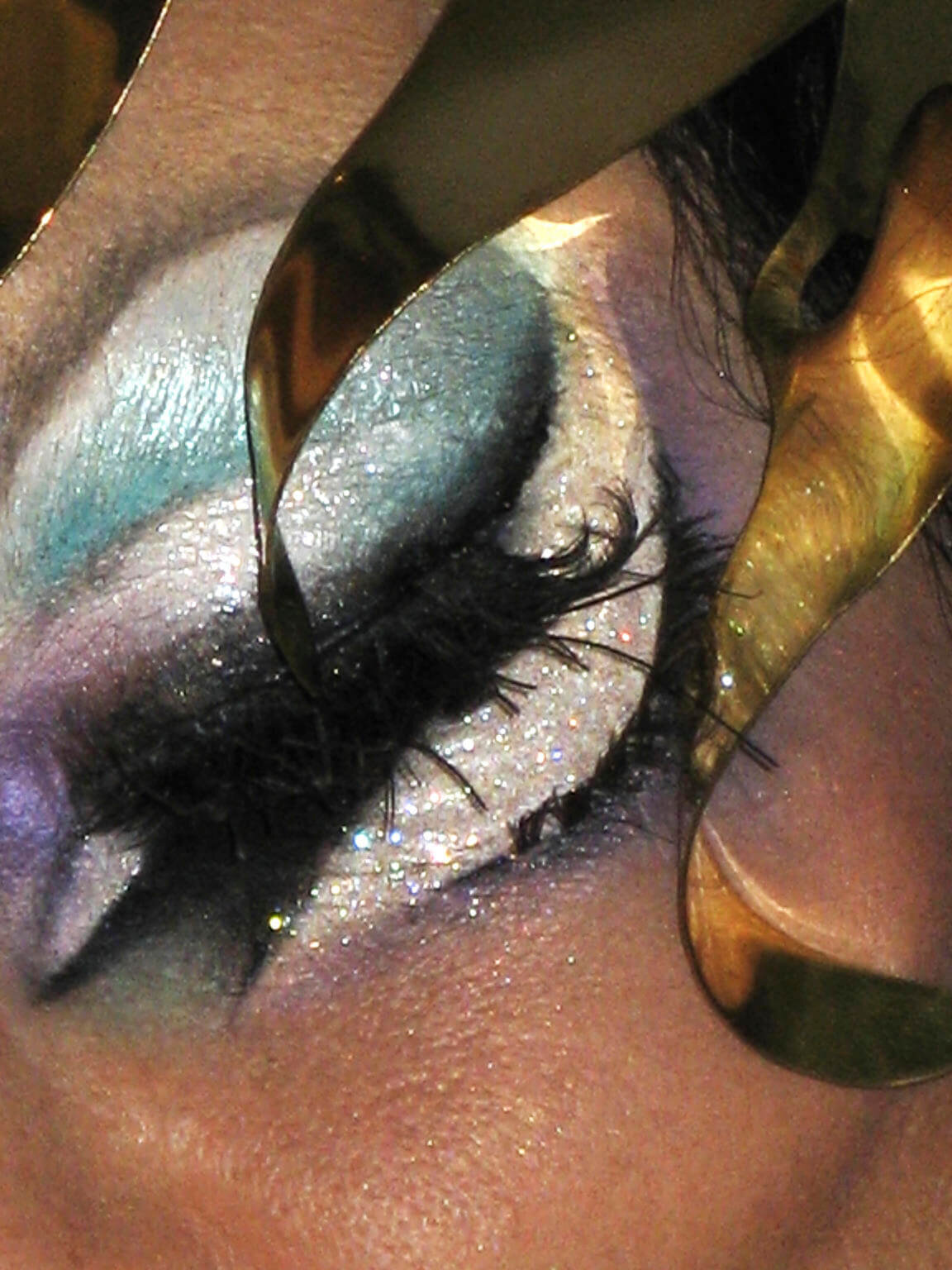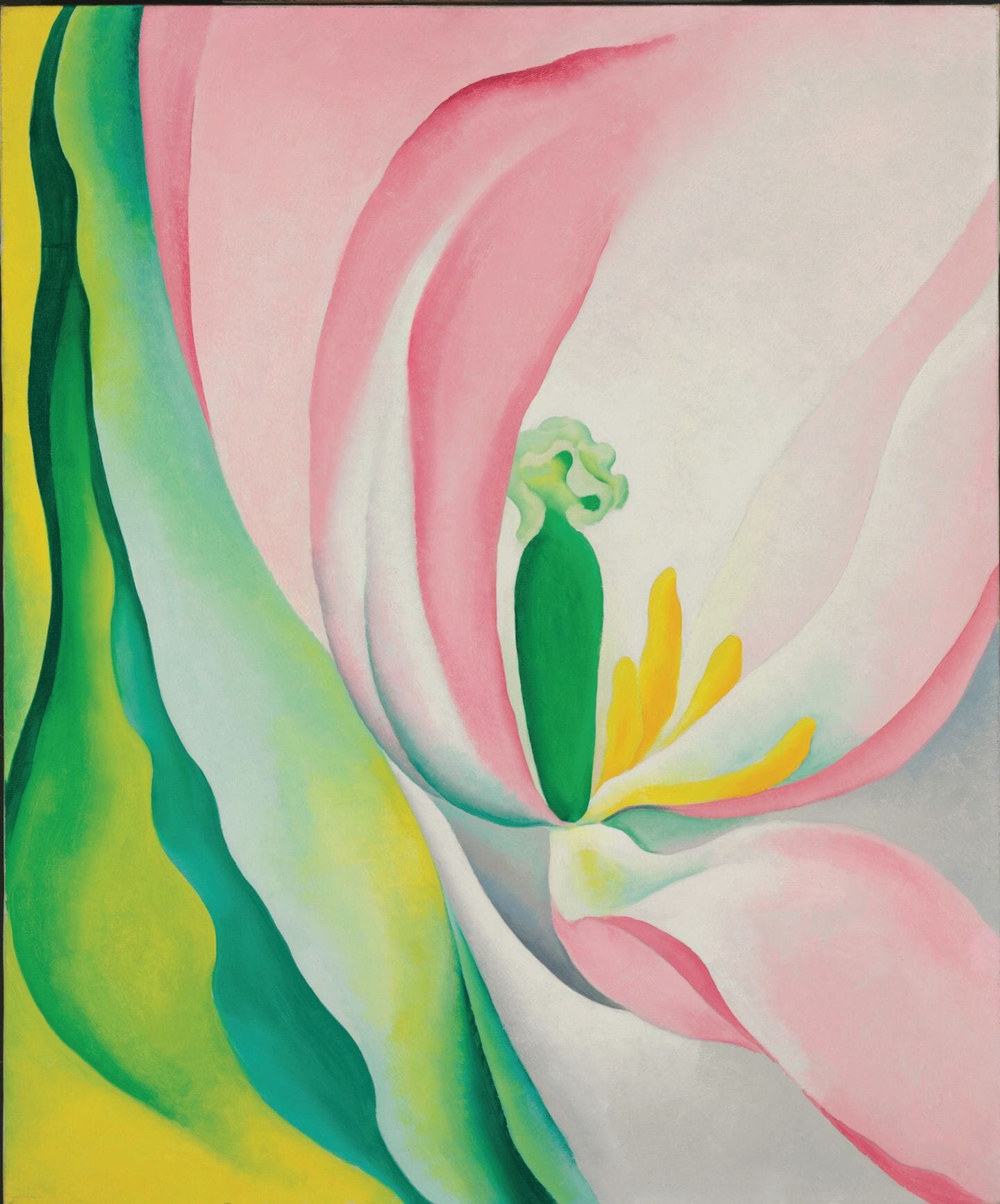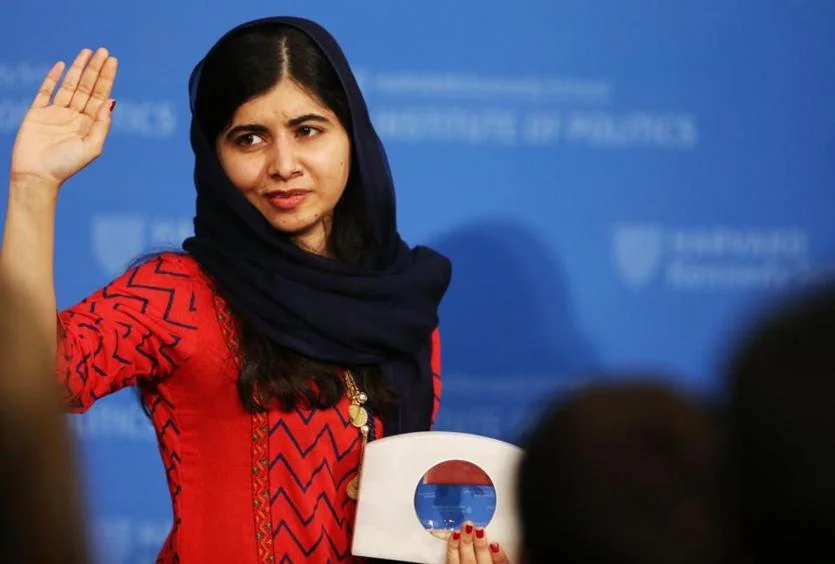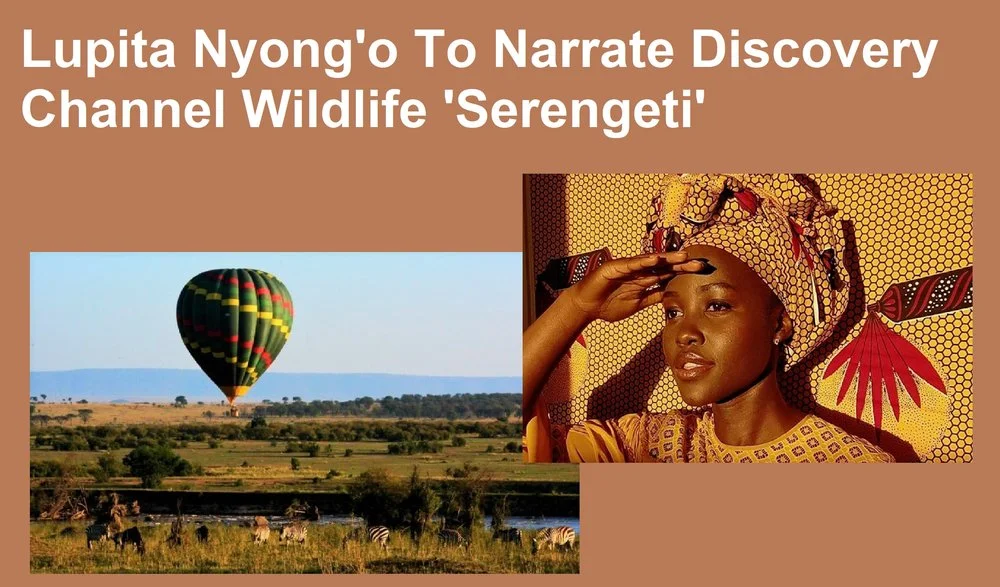Activists & Masai Warriors Join Forces To End Female Genital Mutilation
/![]()
Ending Female Genital Cutting
 Efua Dorkenoo, a key leader in the movement to end FGC1. Efua Dorkenoo, a key leader in the international movement to end female genital cutting, has died in London at age 65. Ms. Dorkenoo served as acting director of women’s health at the World Health Organization in the late 1990s, writes the New York Times. She also wrote an influential book — ‘Cutting the Rose: Female Genital Mutilation’ (1996).
Efua Dorkenoo, a key leader in the movement to end FGC1. Efua Dorkenoo, a key leader in the international movement to end female genital cutting, has died in London at age 65. Ms. Dorkenoo served as acting director of women’s health at the World Health Organization in the late 1990s, writes the New York Times. She also wrote an influential book — ‘Cutting the Rose: Female Genital Mutilation’ (1996).
Writing an update on FGM (female genital mutilation) or FGC (female genital cutting), the NYT reports progress among younger women in ending the practice associated with tribal societies, not Islam exclusively.
The United Nations voted unanimously in 2013 to recognize female genital cutting as a human rights violation.
In Egypt, where more women have been cut than in any other nation, surveys showed that 81 percent of 15- to 19-year-olds had undergone the practice, compared with 96 percent of women in their late 40s.
AOC has explored news of FGC/FGM for years, tracking the Tostan organization’s successfull efforts in parts of Africa to end the practice with village elders leading the way.
Health Risks of FGM
2. Effects of FGM EndFGM.eu a project of Amnesty International
Immediate consequences of FGM include severe pain and bleeding, shock, difficulty in passing urine, infections, injury to nearby genital tissue and sometimes death. The procedure can result in death through severe bleeding leading to haemorrhagic shock, neurogenic shock as a result of pain and trauma, and overwhelming infection and septicaemia, according to Manfred Nowak, UN Special Rapporteur on Torture and other Cruel, Inhuman or Degrading Treatment or Punishment.
Almost all women who have undergone FGM experience pain and bleeding as a consequence of the procedure. The event itself is traumatic as girls are held down during the procedure. Risk and complications increase with the type of FGM and are more severe and prevalent with infibulations.
“The pain inflicted by FGM does not stop with the initial procedure, but often continues as ongoing torture throughout a woman’s life”, says Manfred Nowak, UN Special Rapporteur on Torture.
Masai Warriors Against FGM

The young Masai tribal warriors battling FGM in Kenya The Times UK
3. The famous Masai men are acclaimed for being feared and accomplished warriors. Pictured here, Ole Lelein Kanunga, the leader of young Masai tribal warriors in Entasopia, “a lush oasis of trees and pasture in the otherwise desert flats of this part of southern Kenya”, says that in the month of December, circumcisions will end.You see, December is the month when girls are cut in Kenya, a rite of passage that often results in their not returning to the classroom and marrying instead, with babies on the way.
This article is unique in articulating the primary reason for FGM/FGC — which is NOT prescribed in Islam, although most people believe it is. Experts in the field know that it is a tribal custom — one advocated by men to keep women from ‘straying’.
Masai warriors believe it keeps their wives “off heat” and uninterested in sex, therefore faithful while they are off in the bush for months on end hunting, raiding and fighting.
A sudden male benevolence is not the reason for a change of heart regarding FGM/FGC among young Masai warriors. Taporu Lemanyi. 22, a leader among junior men has pledged to marry a girls who has not been circumsized.
The Masai are being left behind. That is a problem for us. We want our girls to attain something good for the community, to be doctors or lawyers or go to parliament. We say, let them go ahead with their education, they can be married later. We, the moran leaders, are promising to marry girls who have not been circumcised, so others will follow,” he says.
Equally interesting in this article is news of tactics used over the last seven years to persuade villagers and the village elders to end the practice of female circumcision, which is carried out by women on the girls.
The charity held meeting after meeting with all the key players — community elders, the cutters, the morans, parents and the girls. Part of the instruction was brutal. They showed elders a video of a young girls undergoing FGM, held down by four women, screaming and struggling as the cutter slices off her clitoris.
Nguura said the elders were visibly shocked when confronted by the bloody business of FGM. It is a ceremony they are forbidden from attending. Their only knowledge of “circumcision” is the considerably less brutal version young men undergo.
Rituals That Celebrate Transitions to Womanhood Without Genital Mutiliation
Finding a safe substitute for female genital mutilation The Daily Star Lebanon
 4. A far less scarring and much more celebratory occasion happens among Hindu and Buddhist women living in regions of Nepal and also in southern India. Immediately following their first menstrual cycle, girls are kept in the dark for 12 days. During this time, they are not allowed to see a man’s face or take a bath. At the end of the 12 day period, the girls bathe and enjoy a ceremony with feating and presents that acknowledge their entrance into womanhood.
4. A far less scarring and much more celebratory occasion happens among Hindu and Buddhist women living in regions of Nepal and also in southern India. Immediately following their first menstrual cycle, girls are kept in the dark for 12 days. During this time, they are not allowed to see a man’s face or take a bath. At the end of the 12 day period, the girls bathe and enjoy a ceremony with feating and presents that acknowledge their entrance into womanhood.
See also ‘Twelve days of Darkness’, from Nepal News which says the 12-day period comes right before the expected onset of menstruation.
More Female Genital Mutilation Headlines
G. Bissau launches first female genital mutilation prosecutions Global Post
Egypt’s first female genital mutilation trial ends in not guilty verdict The Guardian
Ban Ki-moon” Media can help fight FGM FIGO.org
America’s Underground Female Genital Mutilation Crisis The Daily Beast



